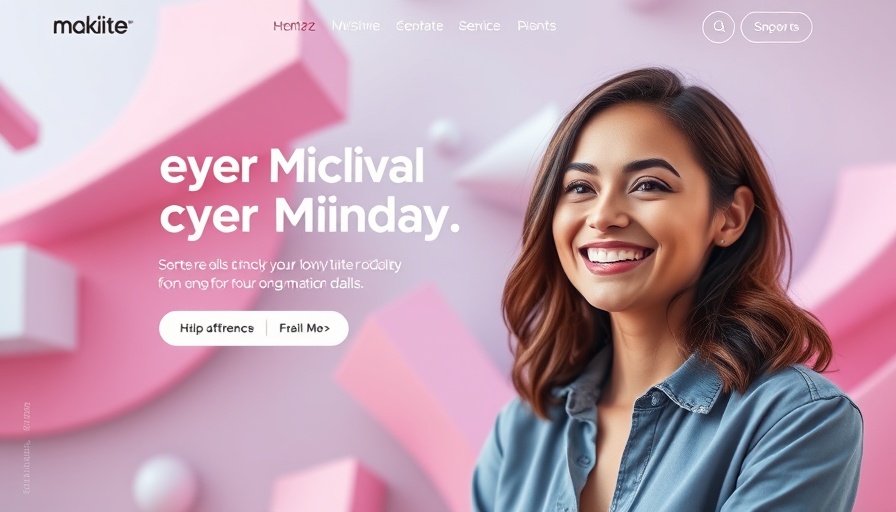
The Digital Renaissance: Crafting Realistic 3D Avatars
In an age where digital representation is becoming increasingly essential, the ability to craft lifelike 3D avatars directly from your browser marks a significant milestone, particularly for creators in the AI video landscape. As industries adopt immersive technologies, the trend continues upward, promising transformative impacts on content creation.
Breaking Down Barriers: Creating 3D Avatars Made Easy
Traditionally, designing 3D avatars required expertise in graphics software that involved steep learning curves and expensive tools. Now, applications readily available online empower content creators—including faceless YouTubers and educators—to develop personalized avatars with ease. Users can sculpt their digital doppelgängers with a straightforward interface that completes complex graphics tasks that used to demand professional skills. This democratization not only enhances creativity but also allows for immediate personalization, enabling creators to represent themselves uniquely in their work.
Audience Engagement in the AI Video Era
The need for deeper audience engagement is more critical than ever. According to recent studies, visuals significantly influence viewer retention, and lifelike avatars can create a stronger emotional connection with audiences. For content marketers and educators leveraging AI video tools, avatars that mimic human expression and movement can enrich learning experiences and brand storytelling. These avatars serve as virtual hosts or presenters, enhancing the overall impact of the message conveyed.
Future Trends: Enhancements in AI and Avatar Creation
The rapid evolution of AI technologies offers exciting prospects for avatar creation. AI-driven nuances such as voice modulation and facial expression recognition can lead to avatars that not only resemble the creator but also react dynamically to viewer interactions, making the experience more immersive. The future will likely see further integration of augmented and virtual reality, transcending the boundaries of traditional video and engagement methods.
Challenges and Ethical Considerations
Despite advancements, the use of lifelike avatars also raises ethical questions around identity and authenticity. The proliferation of realistic digital representations paves the way for misinformation and deepfake technologies, marking a dual-edged sword within the industry. Creators must navigate these waters carefully, considering how their digital personas are perceived and the implications of their use in marketing and educational contexts.
Actionable Insights for Content Creators
For those in content creation, understanding and utilizing these technologies is critical. Familiarizing yourself with browser-based avatar creation tools is a foundational step. Experimenting with these tools can significantly enhance the quality of your video content and create unique identities that resonate with your audience. Additionally, staying informed about upcoming technologies in AI can keep your approach fresh and compelling.
In conclusion, crafting lifelike 3D avatars straight from your browser provides not only creative freedom but also potential risks requiring careful ethical considerations. As these technologies advance, creators should prepare themselves to explore these innovative avenues while remaining vigilant of their social implications.
 Add Row
Add Row  Add
Add 




Write A Comment